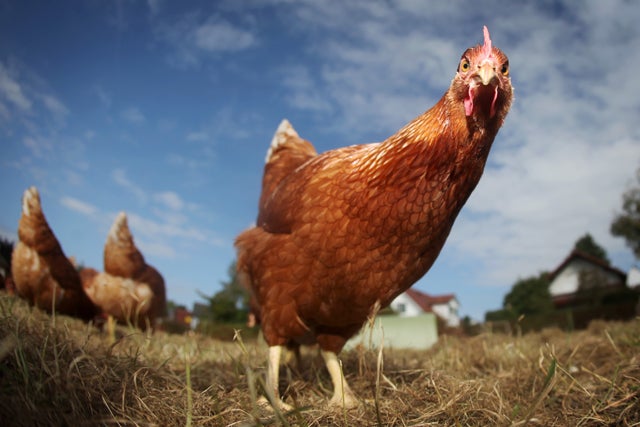The Obama Administration fervently opposes state laws requiring voter identification to cast a ballot. But it is insisting that the nation’s farmers prove the identity of every chicken transported across state lines.
Under the fowl rule proposed by the U.S. Department of Agriculture (USDA), a flock that has been hatched, fatted, and butchered as a single unit may be transported from state to state with a “group identification.” But such groups are as scarce as hen’s teeth.
The vast majority of poultry owners are not part of a vertically integrated commercial operation. They routinely co-mingle chicken stock of varying sources and ages. Consequently, under the rule, they will have to attach sealed and numbered leg bands to every bird they transport.
The federal coop cops say the regulation is needed to enhance the “traceability” of livestock to control animal disease. But that explanation isn’t all it’s cracked up to be. The Regulatory Impact Analysis that accompanies the proposed rule lacks any quantification of (supposed) benefits or the very real costs.
Nearly 9 billion chickens went to market last year, moving from hatcheries to farms to slaughter houses.
Most broilers live only five to eight weeks. In that short span, their IDs will have to be changed a number of times—with documentation—to accommodate leg growth. And the USDA wants all such records to be maintained for five years—the costs of which ain’t chicken feed.
As the Small Business Administration noted, “Small poultry operations have very thin profit margins that cannot absorb the cost increases from the tagging and record keeping requirements of this rule.”
The benefits of the poultry rule would be paltry. It’s unclear, for example, how forcing thousands of people to maintain billions of documents on dead chickens for years would enhance traceability. As it is, evidence of disease typically results in the destruction of the flock. Only healthy birds are eligible for slaughter and sale.
There is one upside to the USDA action in that it finally solves the nagging question of why the chicken crossed the road.
To escape federal regulators, of course.






























